Skerretts Creek was the location for a water catchment in 1955 till the early 1960s. Water was piped out of the creek to serve the community’s needs.
Skerretts Creek Water Catchment served as an alternative water source for Wainuiomata to avoid fees for utilizing the Wellington Water supply from Morton Dam. This initiative commenced in the mid-1950s, but ceased operations in the early 1960s. During the late 1950s, the Hutt County Council assumed responsibility for Wainuiomata’s water supply. Eventually, a decision was made to link with the WCC pipeline, granting residents access to water from Morton Dam for the first time. Additionally, the establishment of the Konini Reservoir ensured a reliable water source for Wainuiomata.
Local water catchments started in 1955, when the Wainuiomata Development Company initiated a project to harness water from streams behind Hair Street, but encountered problems due to turbid water. To address this, a fresh water system was established from Skerrets Creek, incorporating either 4 or 5 concrete tanks. This system also featured two steel pipes spanning across the creek. Subsequently, two more tanks located along the Mount Crowther Track were installed in the 1960s and were probably part of the scheme too. From these two additional tanks, you have a view down to a property where it seems there’s something resembling a weir. However, it was incorporated into the landscape by a former owner of the house, so it is likely an unusually shaped swimming pool.
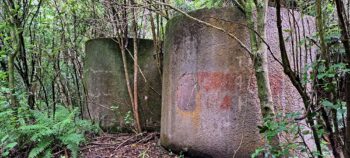 If you walk up the Skerretts Creek itself, you will see eroding infrastructure and broken pipes and weirs nestled among the surrounding bush and in the creek bed. For example: between the top of Sunny Grove and before Skerritts Creek crosses the Whakanui Track, you can see a weir near the two remaining lower water tanks. There are also broken sections of pipeline that run down the creek toward Sunny Grove. Further upstream is another weir with a broken pipeline that sits in the creek bed and alongside the creek.
If you walk up the Skerretts Creek itself, you will see eroding infrastructure and broken pipes and weirs nestled among the surrounding bush and in the creek bed. For example: between the top of Sunny Grove and before Skerritts Creek crosses the Whakanui Track, you can see a weir near the two remaining lower water tanks. There are also broken sections of pipeline that run down the creek toward Sunny Grove. Further upstream is another weir with a broken pipeline that sits in the creek bed and alongside the creek.
The rationale behind the existence of two separate weirs is obvious as it increases water supply. But there appears to also be two pipelines in at least one section. Did the two pipelines converge or remain separate? It’s plausible that the upper weir functioned to store water in tanks, while the lower weir directed water without being stored. Perhaps one of the weirs served as a backup water source and was used for emergencies like fire fighting or as a reserve during a drought. While the upper weir probably supplied water to the tanks below, it may have also fed water to the two additional tanks above, on the track to Crowther trig.
Close to the water tanks is remnants of a security fence. Some residents remember a ranger on site, but there is no real evidence that rangers looked after the water catchment area. Rangers were employed in the Wainuiomata and Orongorongo Water Scheme as they were concerned that typhoid could enter the water system, so they were vigilant in not letting the public into the water catchment area. So it is possible that this water catchment was also patrolled by a ranger.

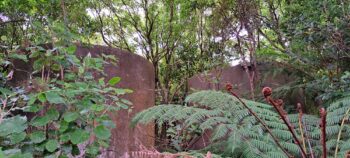
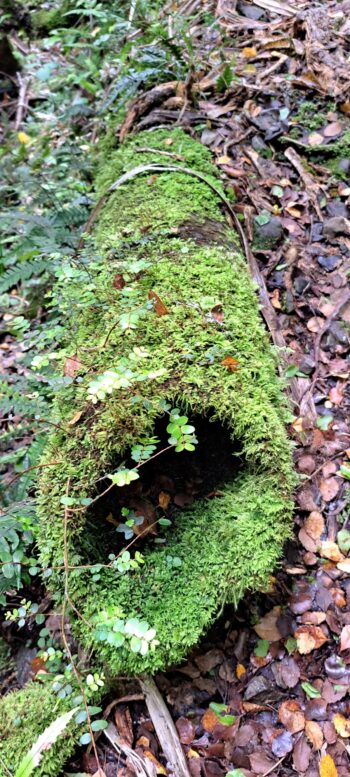
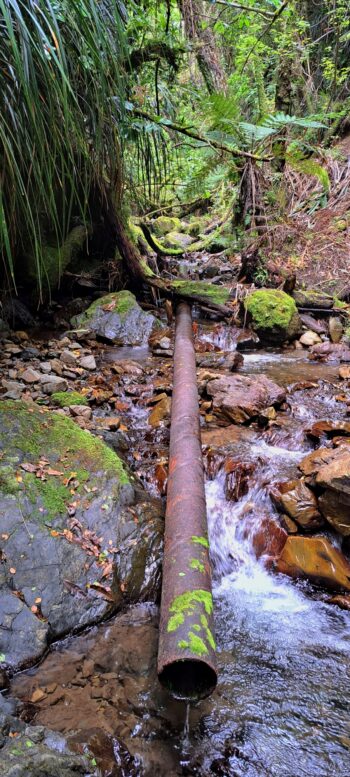
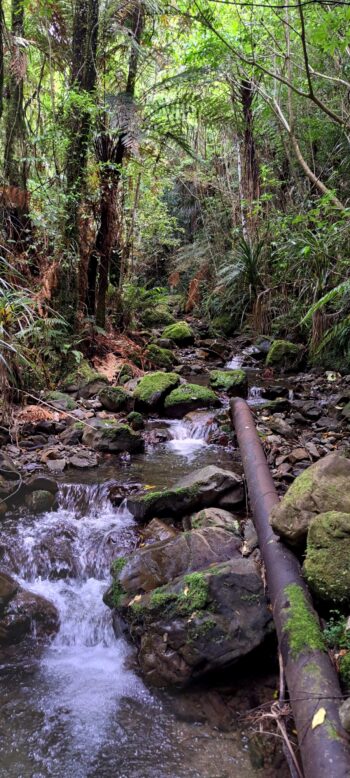
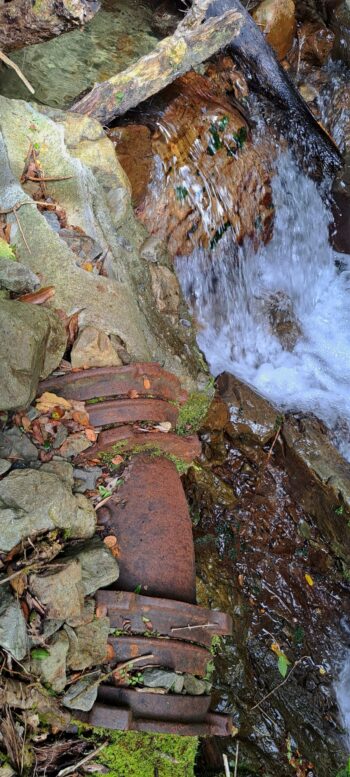
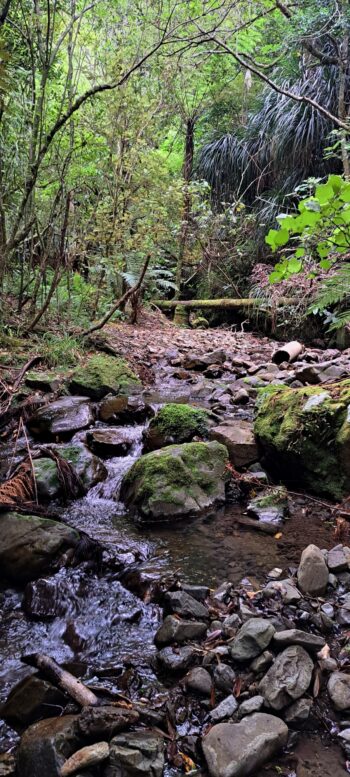
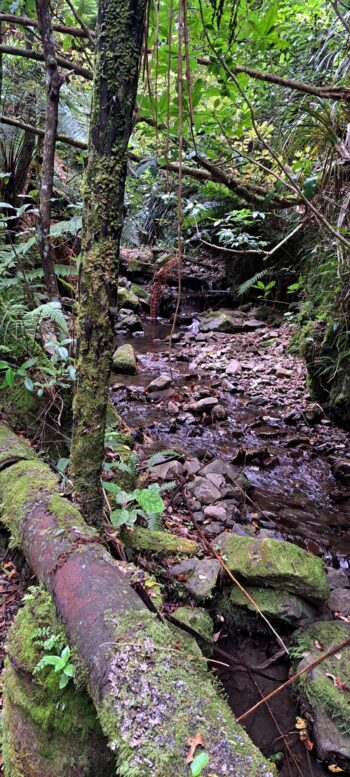
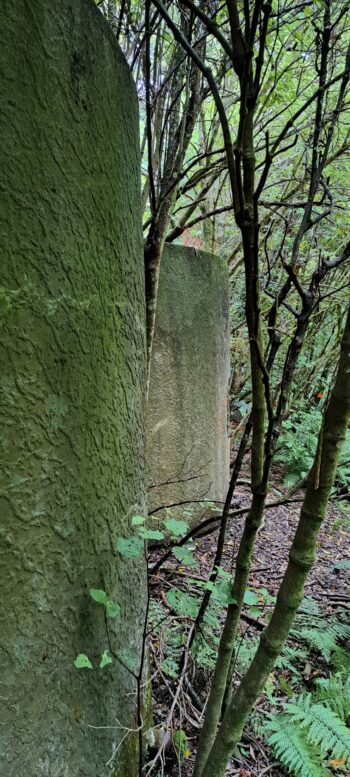
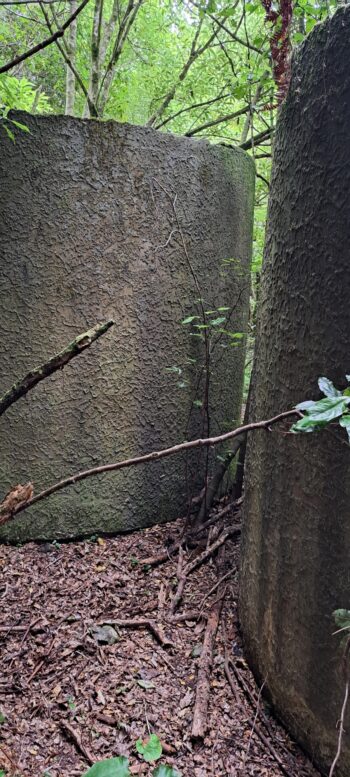
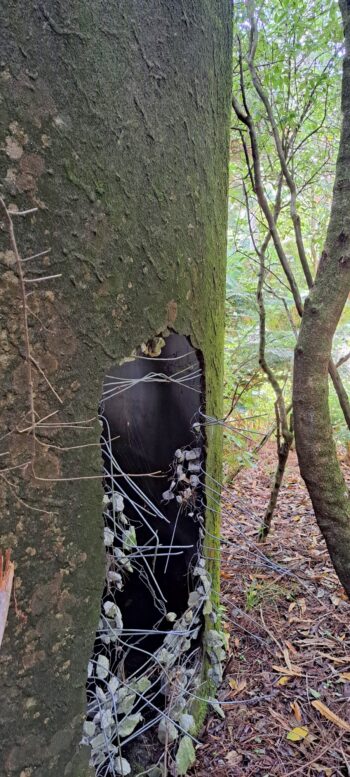
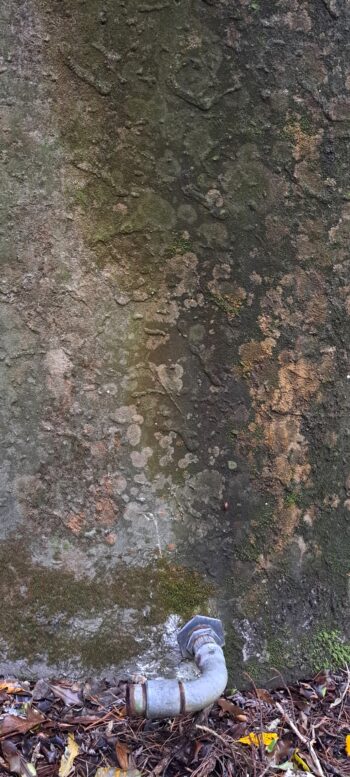
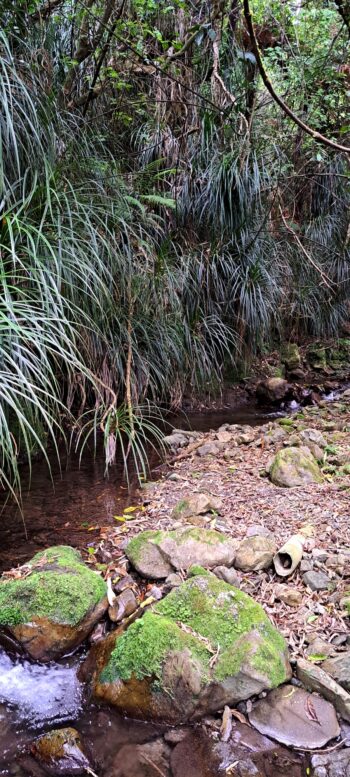
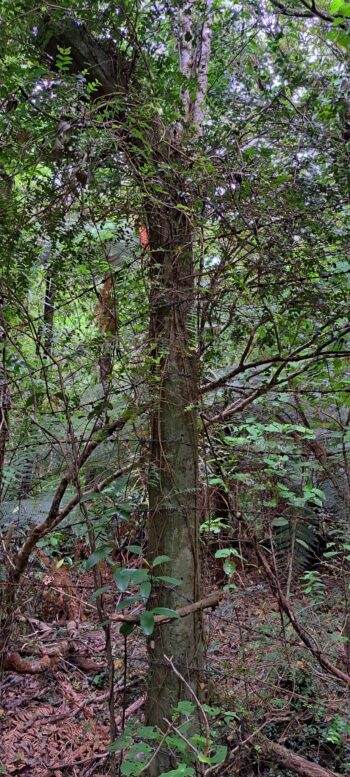
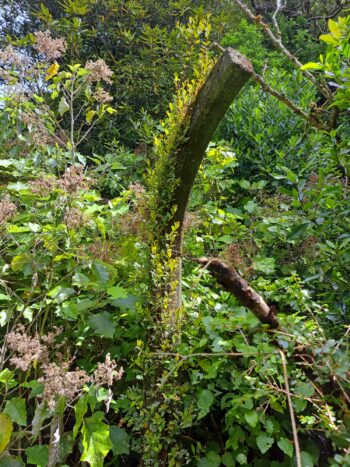
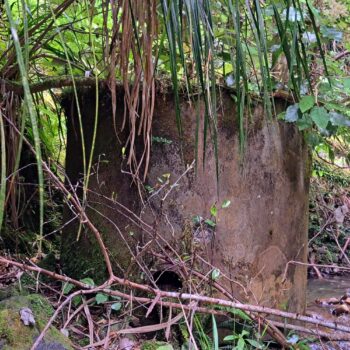
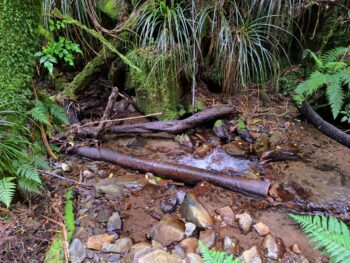
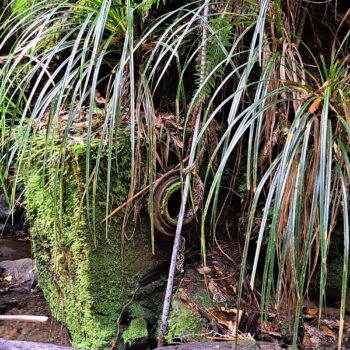
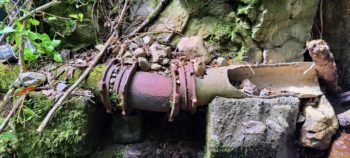
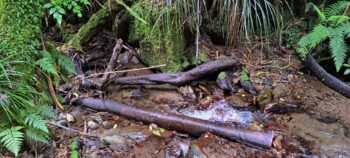
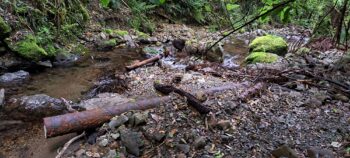
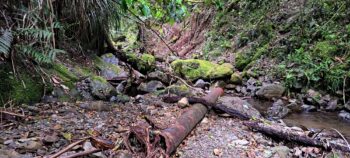
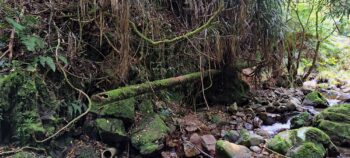
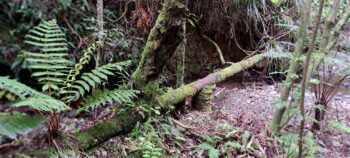
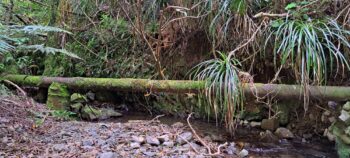
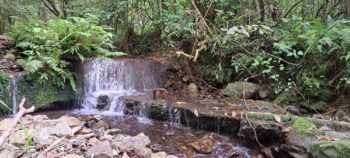
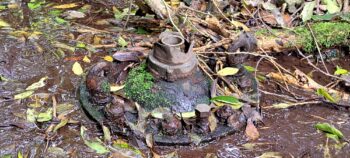
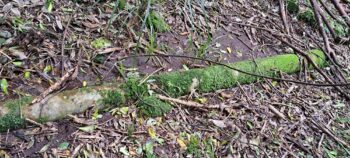
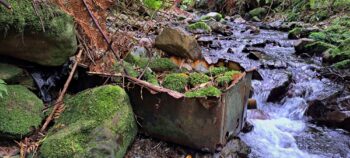
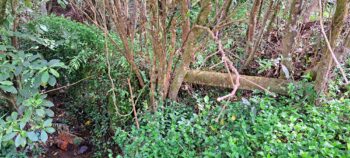
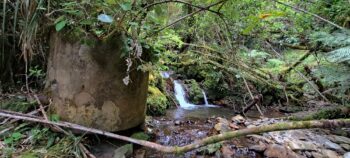
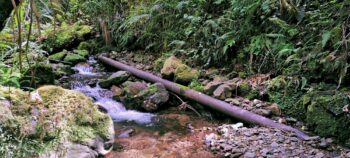
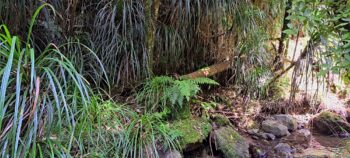
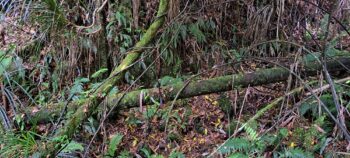
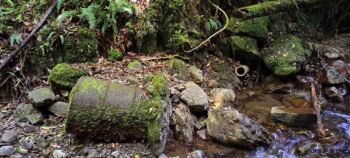
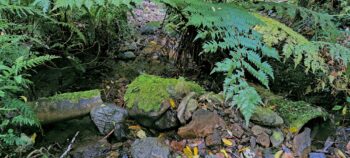
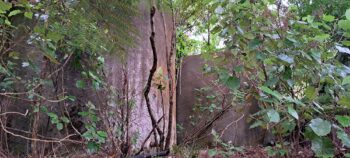
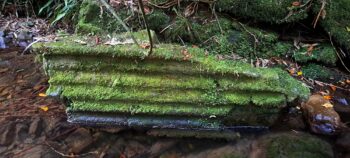
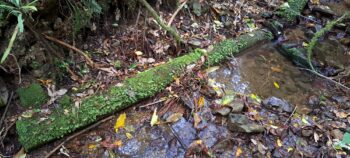
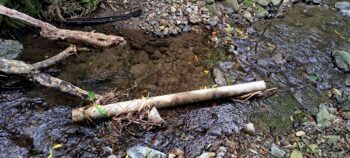
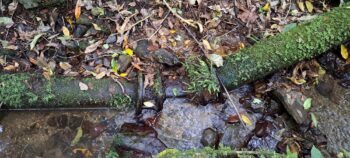
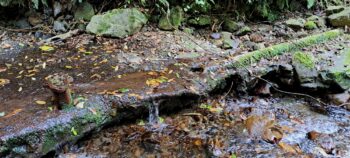
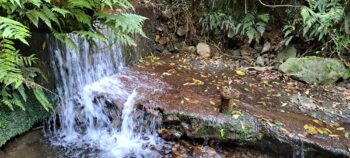
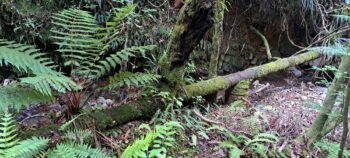
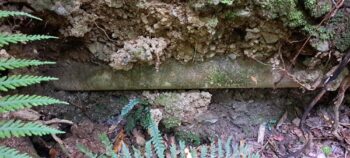
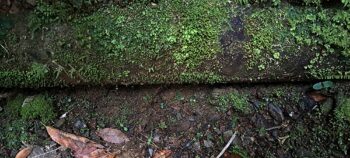
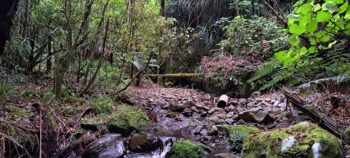
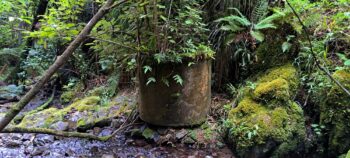
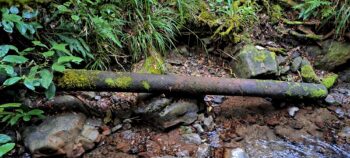
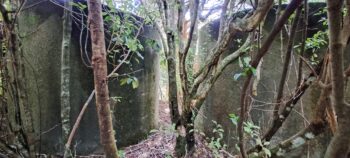
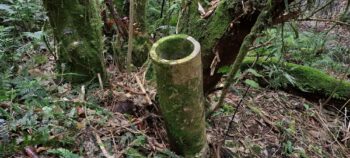
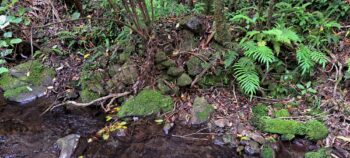
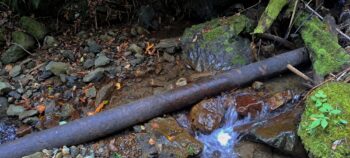
COMMENTS